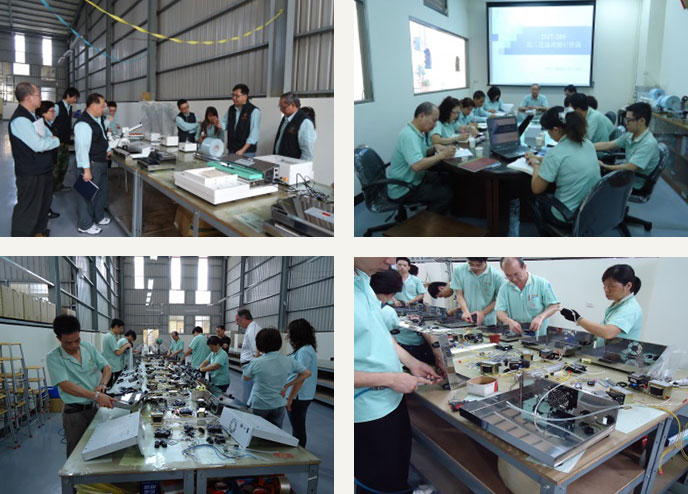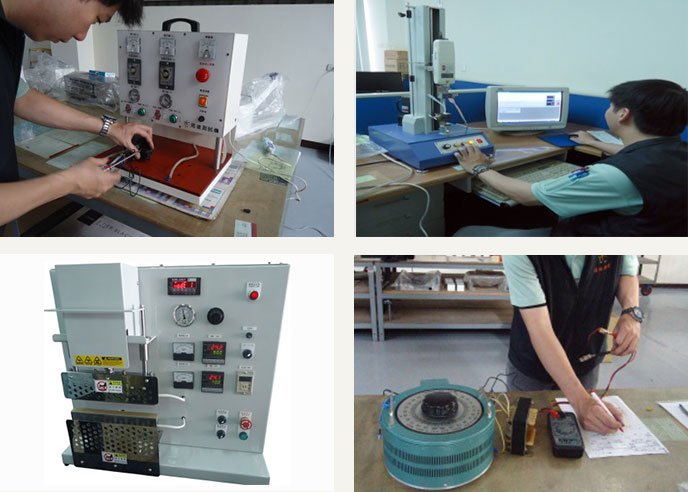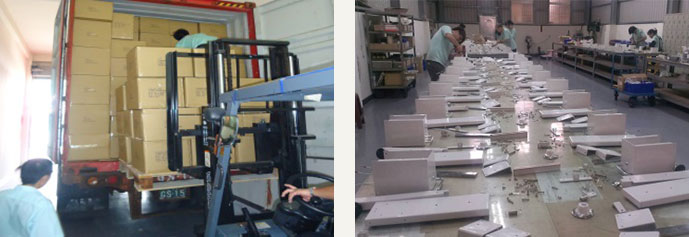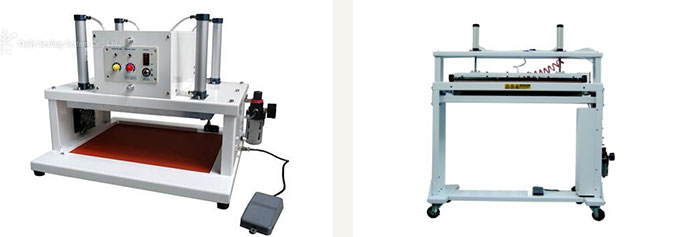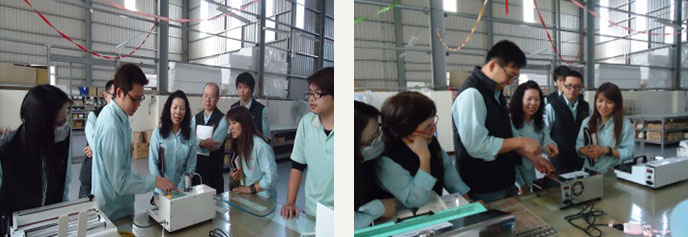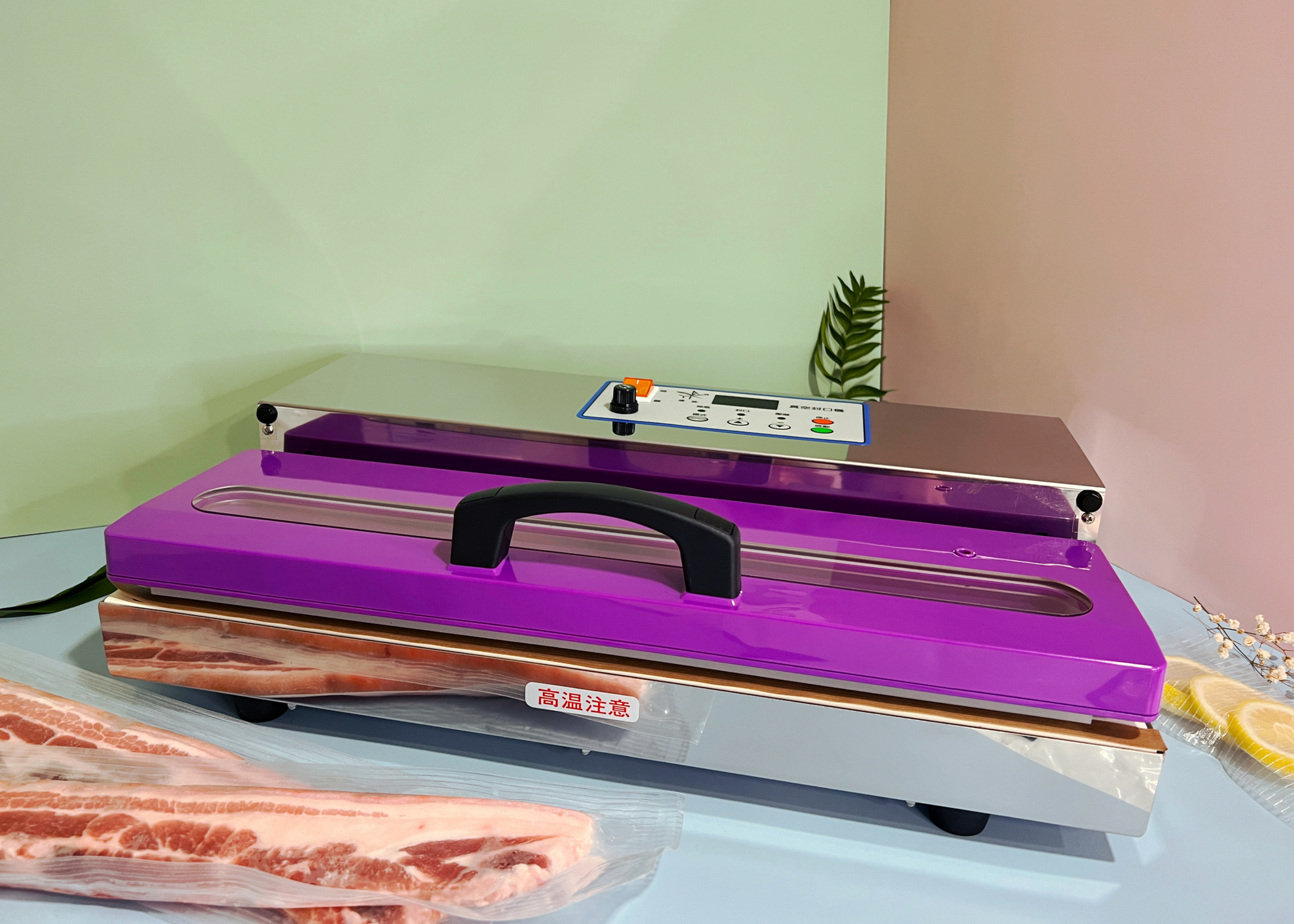CE Mark.
Sealing length: 20cm.
Double heating line.
Available for large and heavy package.
Suitable for PP, PE, PVC, NY etc. material bags.
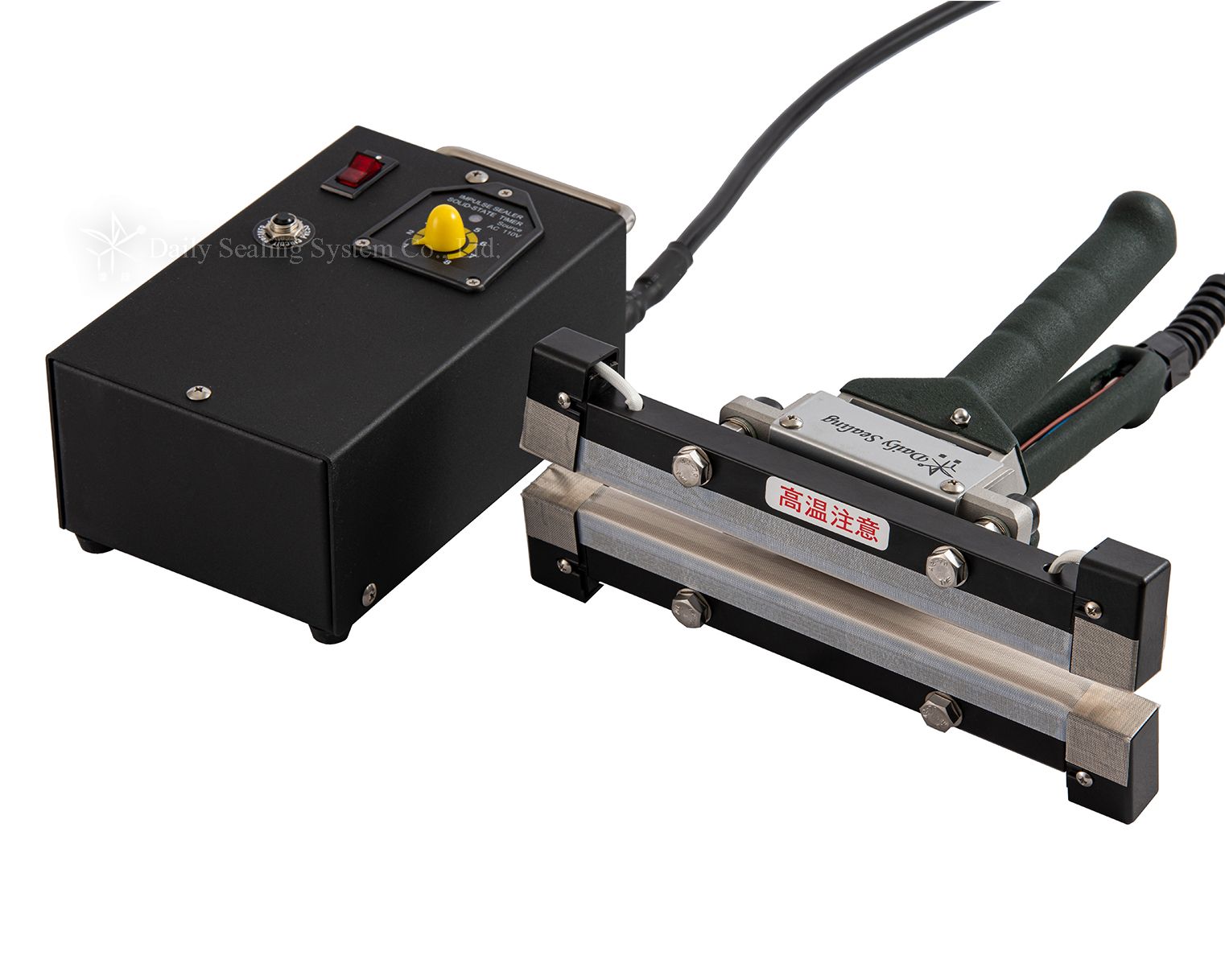
.jpg)
.jpg)
20CM Portable impulse heat sealer-double heat
Detail:
. Made in Taiwan.
. Easy to operate: portable operation, strong mobility, convenient to seal large package.
. Time control: as per package material and thickness to adjust the heating time.
. Available for large and heavy package.
. Suitable for PP, PE, PVC, NY and Aluminum material bags.
Max sealing:210*5mm
Power:720 W
Machine weight:Hand piece 1.59 + Main unit 4.72kgs
Machine size:
.Main unit: 245x135x110mm
.Hand piece:270x250x110mm
.Length of connector:3M
| Model No. | D-205HT |
|---|---|
| Voltage/Ampere | 110V / 6.5A , 220V |
| Power | 720 W(110V) |
| Max.sealing | 200*5mm |
| Machine weight | Hand piece 1.59 + Main unit 4.72kgs |
| Machine size | Hand piece 265x295x120mm + Main unit 245x135x110mm |
| Packing | 430x380x180mm |
20CM Portable impulse heat sealer-double heat:
